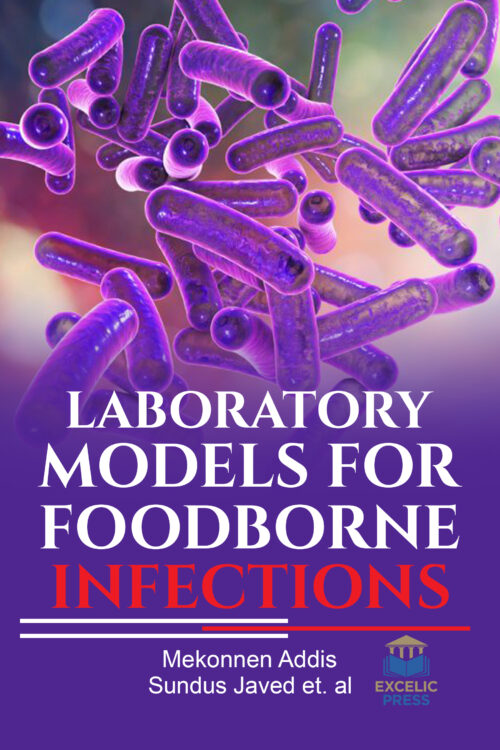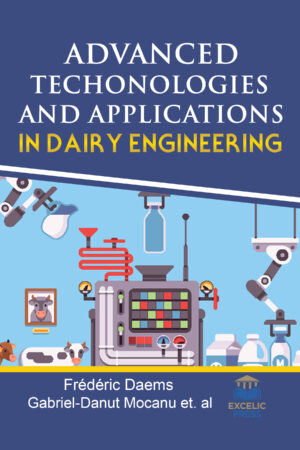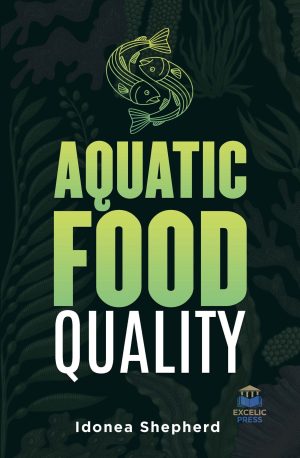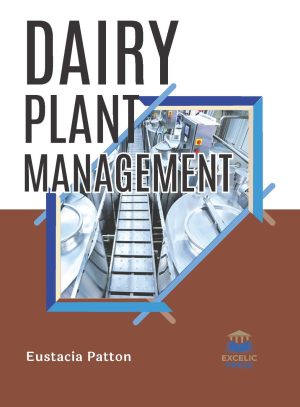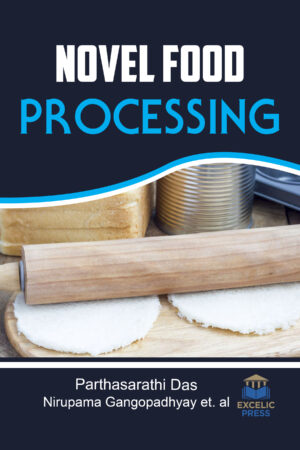Description
Foodborne diseases cause morbidity and mortality in the general population and they have emerged as a growing public health and economic problem in many countries during the last two decades. The burden of diseases caused by food-borne pathogens remains largely unknown. Importantly data indicating trends in food-borne infectious intestinal disease is limited to a few industrialized countries, and even fewer pathogens. It has been predicted that the importance of diarrhoeal disease, mainly due to contaminated food and water, as a cause of death will decline worldwide. Evidence for such a downward trend is limited. This prediction presumes that improvements in the production and retail of microbiologically safe food will be sustained in the developed world and, moreover, will be rolled out to those countries of the developing world increasingly producing food for a global market.
Laboratory Models for Foodborne Infections presents state-of-the-art review of models that have proven valuable in deciphering the life cycle, epidemiology, immunobiology, and other key aspects of foodborne pathogens. It covers comprehensive studies written by eminent researchers and authors’ expertise in foodborne pathogen research to prevent both ongoing transmissions of disease and similar outbreaks in the future.
The importance of foodborne disease investigation includes control of ongoing outbreaks, detection and removal of implicated foods, identification of specific risk factors related to the host, the agent, and the environment, identification of factors that contribute to contamination, growth, survival, and dissemination of the suspected agent, prevention of future outbreaks and strengthening of food safety policies, acquisition of epidemiological data for risk assessment of food borne pathogens, and stimulation of research that will help in the prevention of similar outbreaks.
It is presented that the microbiological safety of food remains a dynamic situation heavily in?uenced by multiple factors along the food chain from farm to fork. Sustaining food safety standards will depend on constant vigilance maintained by monitoring and surveillance but, with the rising importance of other food-related issues, such as food security, obesity and climate change, competition for resources in the future to enable this may befierce. In addition the pathogen populations relevant to food safety are not static. Food is an excellent vehicle by which many pathogens (bacteria, viruses/prions and parasites) can reach an appropriate colonization site in a new host.
This book serves as a valuable guide for scientists and food microbiologists with interest in exploiting laboratory models for detailed study of foodborne infections.

